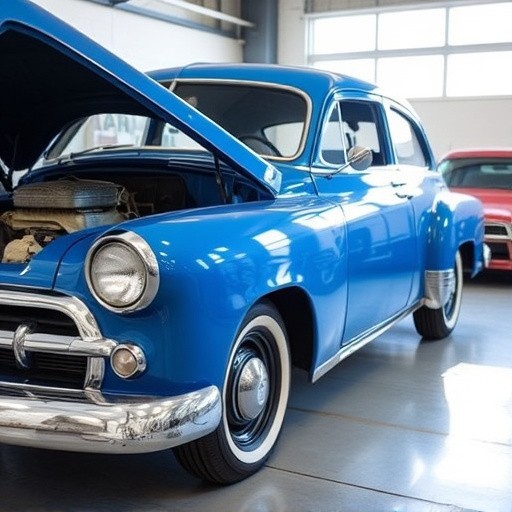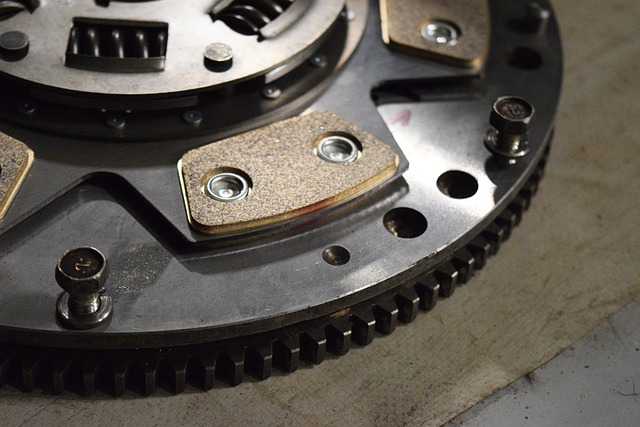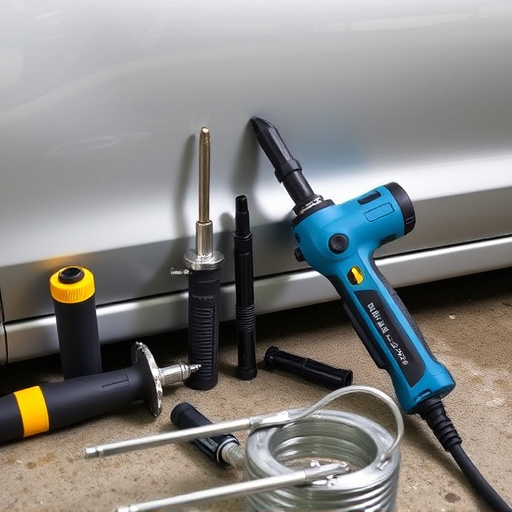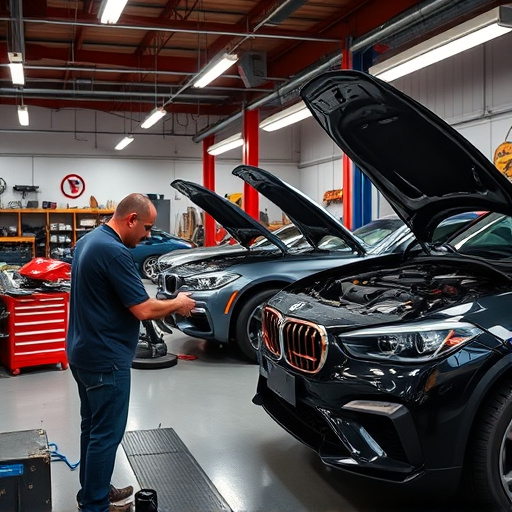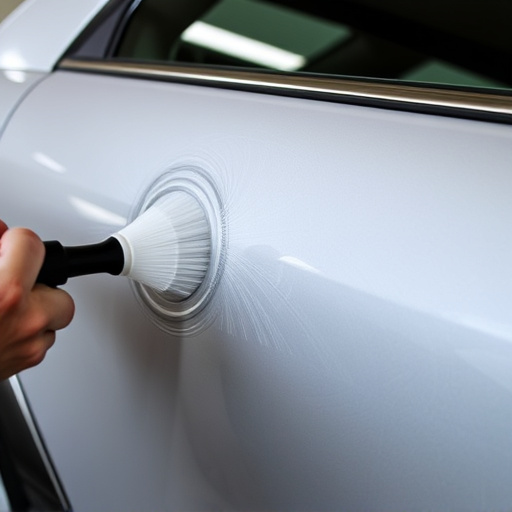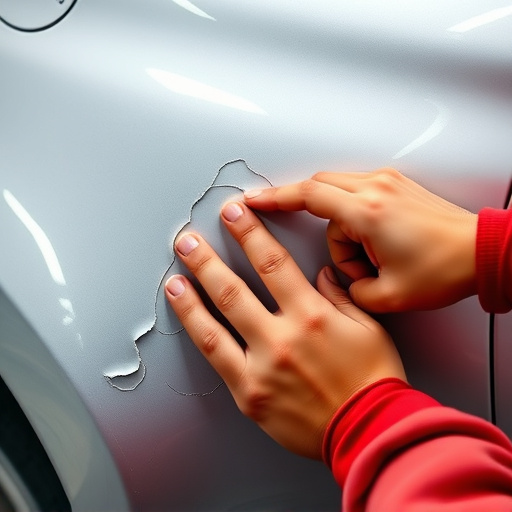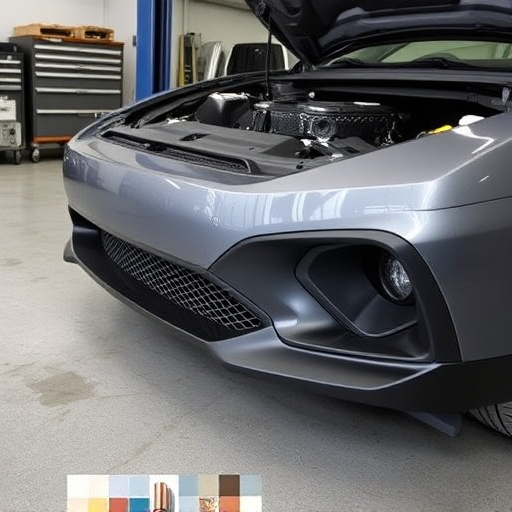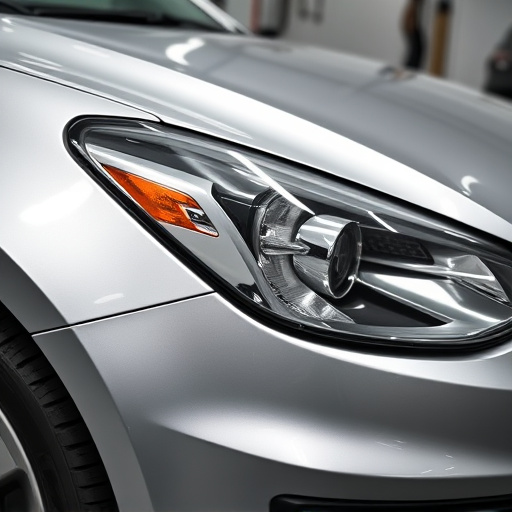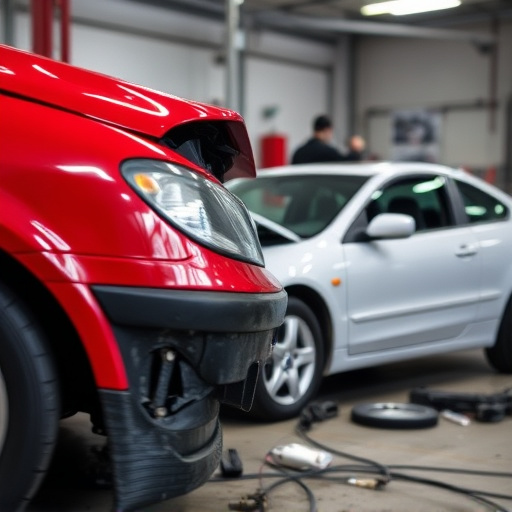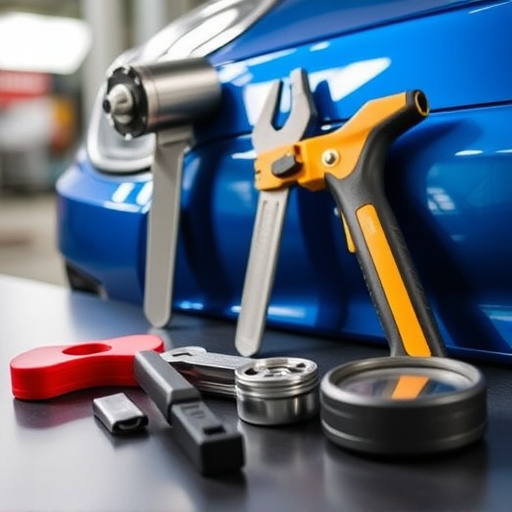Suspension repair after an accident is crucial for safety and vehicle performance. Mechanics use advanced tools to diagnose damage to springs, control arms, and other components, which can be complex in modern or classic cars. Complete suspension overhaul is often necessary for severe crash damage, vs localized fixes for minor incidents. Specialized knowledge ensures precise alignment and optimal system performance after repair.
In the aftermath of a crash, understanding how to effectively repair suspension damage is paramount for safe and reliable vehicle restoration. This article guides you through the intricacies of suspension systems—their basic components and critical functions—and offers insights into diagnosing common issues arising from accidents. We then walk you through a comprehensive, step-by-step suspension repair process, empowering mechanics with the knowledge to restore vehicles to their pre-accident condition, ensuring safety and stability on the road. Learn about suspension repair after an accident and why it’s a critical component in any vehicle rehabilitation.
- Understanding Suspension Systems: Basic Components and Function
- Diagnosing Suspension Damage After a Crash: Common Issues
- Comprehensive Suspension Repair Process: Step-by-Step Guide
Understanding Suspension Systems: Basic Components and Function
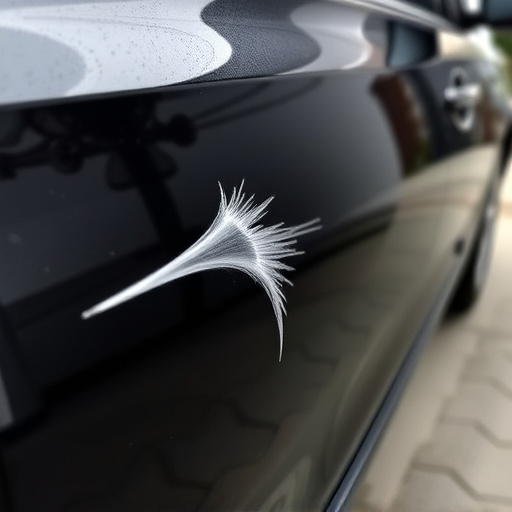
Suspension systems are a crucial component of any vehicle’s structure, ensuring a smooth ride and optimal handling. Comprised of various parts working in harmony, these systems absorb shocks and allow for a comfortable journey over uneven roads. The basic elements include springs, which store energy, shock absorbers (or dampers) that control the speed of movement, and control arms or links that connect the wheels to the vehicle’s chassis. When a vehicle experiences an accident, these suspension components can suffer damage, leading to handling issues and an uncomfortable ride.
Proper understanding of suspension repair after accidents is vital for mechanics to ensure safe and effective solutions. They must be adept at diagnosing issues with the help of advanced tools, identifying whether it’s a simple adjustment or a complete overhaul, especially when dealing with modern vehicles’ sophisticated systems. For instance, in fleet repair services or classic car restoration, meticulous attention to detail is required to restore the suspension to its optimal state, ensuring the vehicle’s overall performance and safety on the road.
Diagnosing Suspension Damage After a Crash: Common Issues
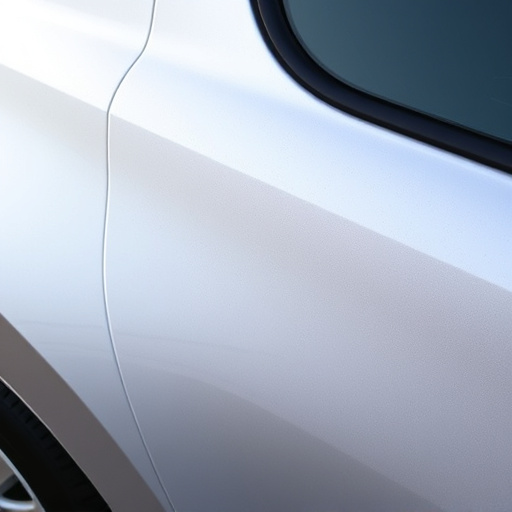
After a crash, diagnosing suspension damage is crucial for safe and effective suspension repair after an accident. Mechanics employ advanced diagnostic tools to identify issues like damaged or collapsed springs, shattered control arms, or misaligned wheels. Common problems include broken suspension components, which can be caused by impact forces during the collision.
While some signs are obvious, such as visible deformities or fluid leaks, others require specialized knowledge and equipment. For instance, a mercedes benz repair specialist might use a computer-aided diagnostic scan to uncover hidden issues. Auto glass replacement is not typically relevant to suspension damage, but it’s important for overall vehicle safety and visibility after an accident. Car scratch repair, while unrelated to structural integrity, adds to the overall aesthetic appeal of the vehicle post-crash.
Comprehensive Suspension Repair Process: Step-by-Step Guide
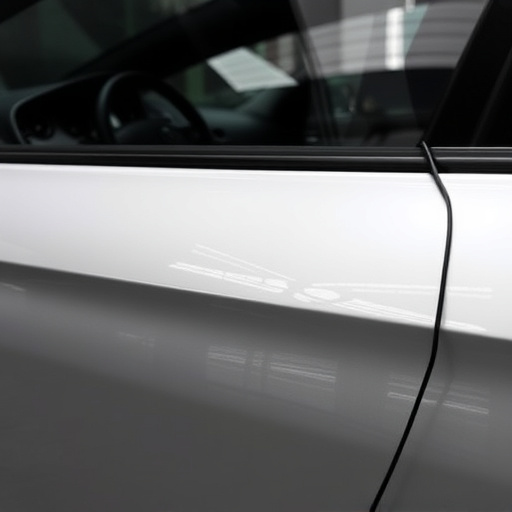
After a crash, the suspension system undergoes rigorous stress, often resulting in damage that requires meticulous repair. The comprehensive suspension repair process involves several critical steps designed to restore safety and stability to the vehicle.
First, mechanics conduct a thorough inspection, identifying damaged components such as control arms, ball joints, and struts. Next, they safely remove any compromised parts, taking care not to disturb other suspension elements. This step-by-step approach ensures accuracy in replacement. Once removed, old parts are replaced with new, high-quality equivalents, ensuring proper alignment and smooth operation. Throughout the process, mechanics use specialized tools to calibrate and adjust the suspension system, guaranteeing optimal performance after repairs for safe driving. For minor dents or fender benders, auto maintenance experts might opt for more localized fixes, like car dent removal techniques, but for significant suspension damage, a complete overhaul is essential.
Suspension damage from car crashes is a serious issue, but mechanics have advanced techniques to ensure safe and effective repair. By understanding the basic components of suspension systems and employing meticulous diagnosis methods, professionals can navigate complex issues like broken springs, damaged struts, or misaligned parts. Through a comprehensive step-by-step guide, suspension repair after an accident becomes a precise process, restoring vehicles to their optimal performance and safety standards.
